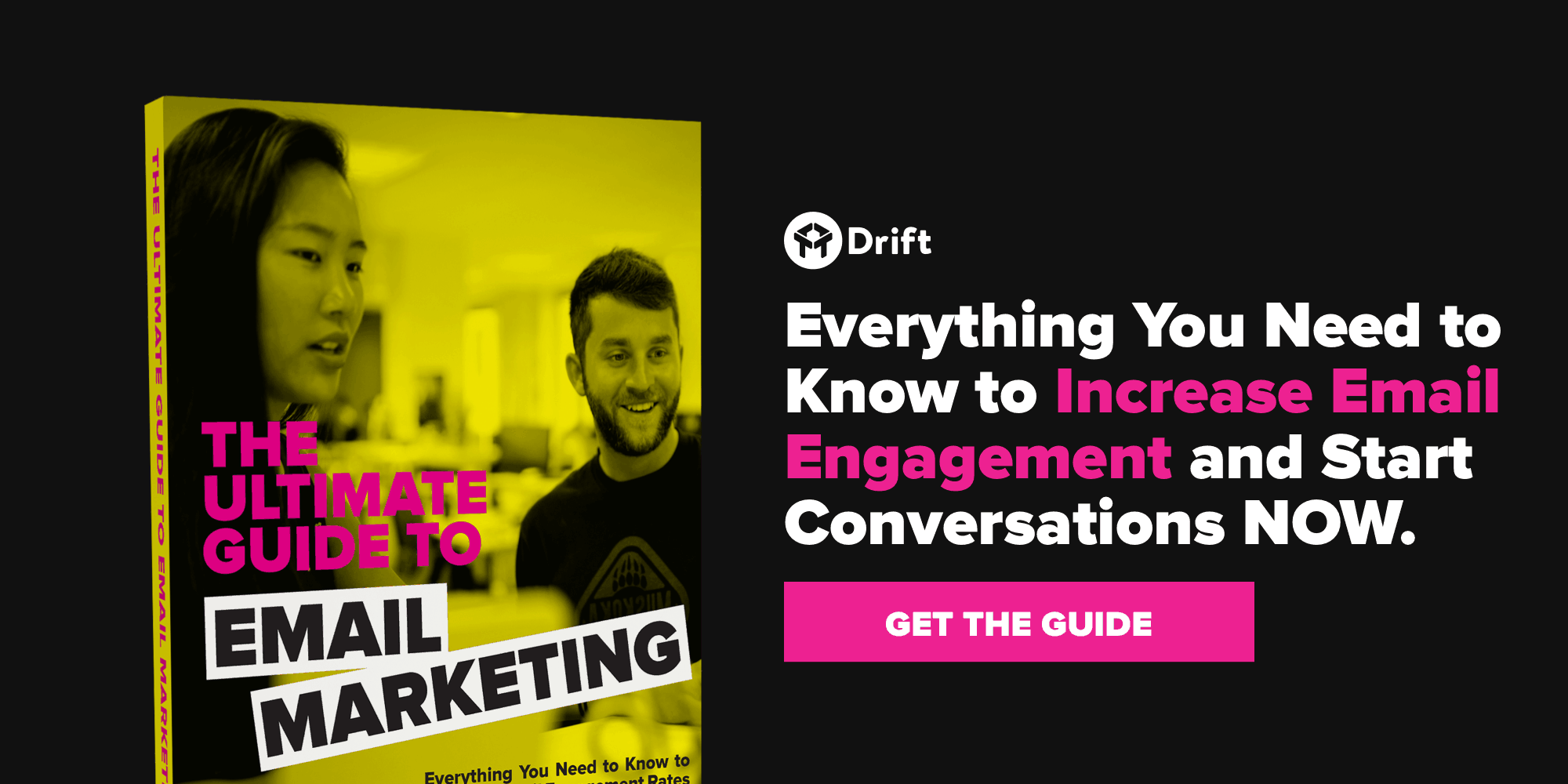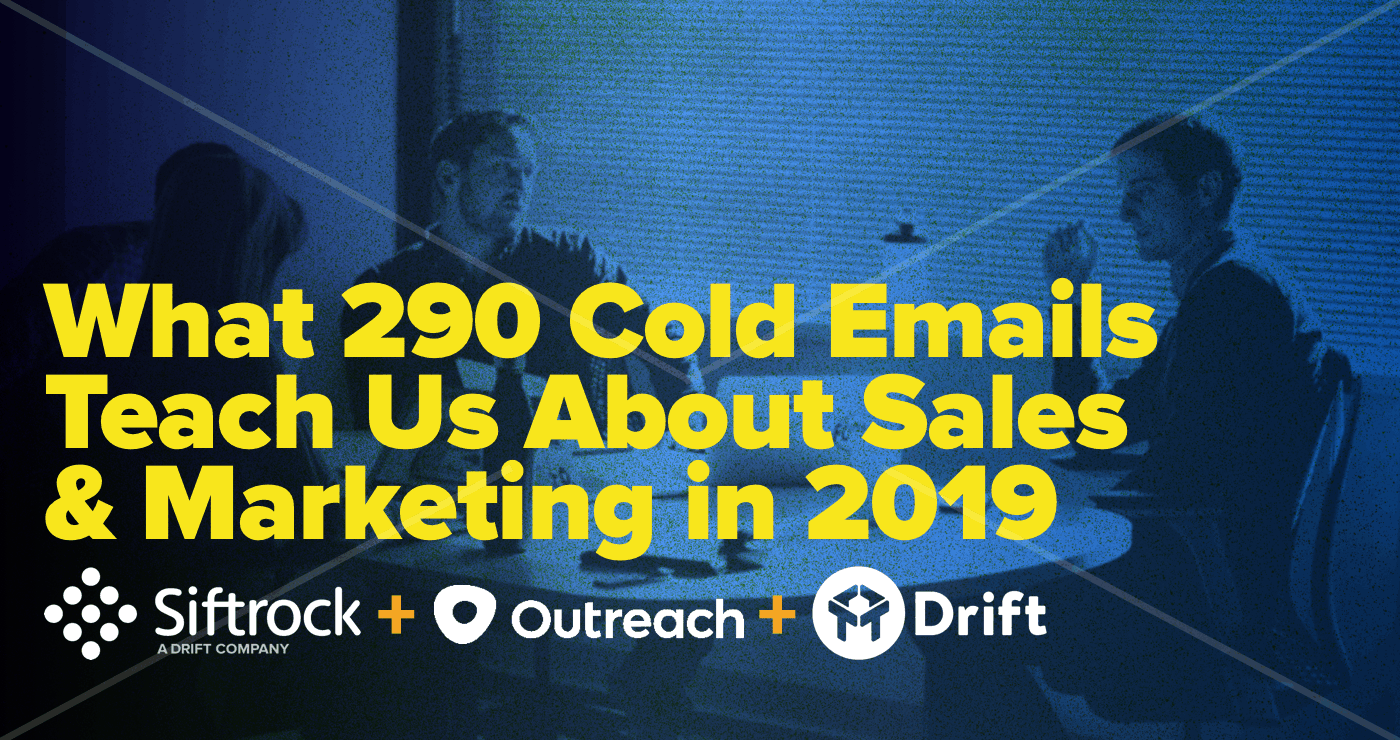One glance at your own email inbox will reveal the truth:
Email is one of the most abused marketing channels.
For years, marketers have been using email as a bullhorn. They’ve been blasting out impersonal ads and promotions to anyone who will listen and cluttering up our inboxes in the process. And when you couple that abuse with the rise of real-time communication channels, like chat, it’s easy to see why some folks are declaring “Email is dead!” or “Email is broken!”
But here’s the thing about email…
You checked yours this morning, right? And we’re guessing you’re probably going to check it again later today. Meanwhile, businesses are sending 280 billion emails per day, and that’s expected to grow to 333 billion by 2022. With so much continued investment in email, it’s clear that marketers still see the potential.
The underlying issue here isn’t that email as a channel is broken, the issue is that we’ve been doing email marketing all wrong.
Rethinking Why We Send Email in the First Place
With the traditional approach to email marketing, you’re playing a numbers game. It’s about reaching out to as many people as possible with the hope that some teeny-tiny percentage will take the time to click.
But by obsessing over clicks, email marketers have been missing the bigger picture.
Just think about why you send email in the first place. The underlying goal of email marketing isn’t to drive clicks, it’s to grow relationships. And in order to grow those relationships, you need to have actual, one-to-one conversations.
☝️That’s conversational marketing in a nutshell. By applying a conversational approach to email marketing, you’ll be able to unlock the channel’s hidden potential and send emails that people actually want to open.
How to Get Your Emails in the “A” Pile
In the book The Boron Letters, Gary C. Halbert explains that people divide their mail into two piles: an A pile and a B pile. The B pile consists of shiny, colorful fliers and ads and anything that looks like it comes from a brand. The A pile, meanwhile, consists of personalized letters —which usually come in white envelopes, with handwritten names and addresses on the front. And while Halbert was writing about actual mail, you can apply the same principle to email.
As marketers, when we send highly designed HTML emails with impersonal, one-size-fits-all messages, we’re creating emails that are destined for people’s digital B pile. In order to get in the A pile, we need to start sending emails that look and feel like they’re coming from a trusted friend or family member—not some faceless brand or corporation. That means stripping away all the fancy design elements and sending plain text email. And more importantly, it means writing compelling, personalized copy that engages leads and customers and keeps the conversation going.
The Most Important Email Marketing Metric: Replies
Unlike with the outdated, “spray and pray” approach to email marketing, with a conversational approach the most important email marketing metric isn’t clicks: It’s replies.
By focusing on getting leads and customers not just to click, but to reply to your emails, you’re getting back to the channel’s roots. After all, email wasn’t built to be a one-way marketing broadcast tool, it was built for two-way conversation. By encouraging your email recipients to reply, you’re letting them know that there are actual humans (like you!) working behind the scenes and available to help… even if the email they’re receiving is automated.
Of course, once you start encouraging people to reply to your marketing emails, you’ll need to be prepared to manage all of their replies and respond accordingly. In some cases, someone might simply be asking to be unsubscribed. But in other cases, your next step might be to connect a lead with one of your sales reps. Either way, those are things you’ll want to address ASAP.
The good news? There are now AI assistants that can do all the legwork for you and automate the reply management process. The goal here isn’t to remove humans from the equation, it’s to let AI handle the tedious, repetitive tasks (like updating lists and routing leads to the right reps) so that marketers have more time to focus on the things that require a human touch—like writing compelling copy and building relationships.
The Ultimate Email Marketing Playbook
While email as a marketing channel isn’t dead, there’s no denying that the way we do email marketing needs to evolve. In today’s real-time, on-demand world, the old-school, “spray and pray” approach to email marketing no longer lives up to buyer expectations.
That’s why we decided to write this guide.
Inside, you’ll discover 9 best practices for building a modern email marketing strategy—one that prioritizes conversations over clicks.
Here are a few of the questions we’ll answer in this guide?
- Who should you be targeting with your emails?
- How do you write emails that lead to conversations?
- What should your emails look like? (plain text vs. HTML)
- How do you write subject lines that cut through the noise?
- When are the best days and times for emailing leads?
- How do you build nurturing campaigns that aren’t annoying?
- How do you manage email replies?
Ready to take your email marketing game to the next level?







